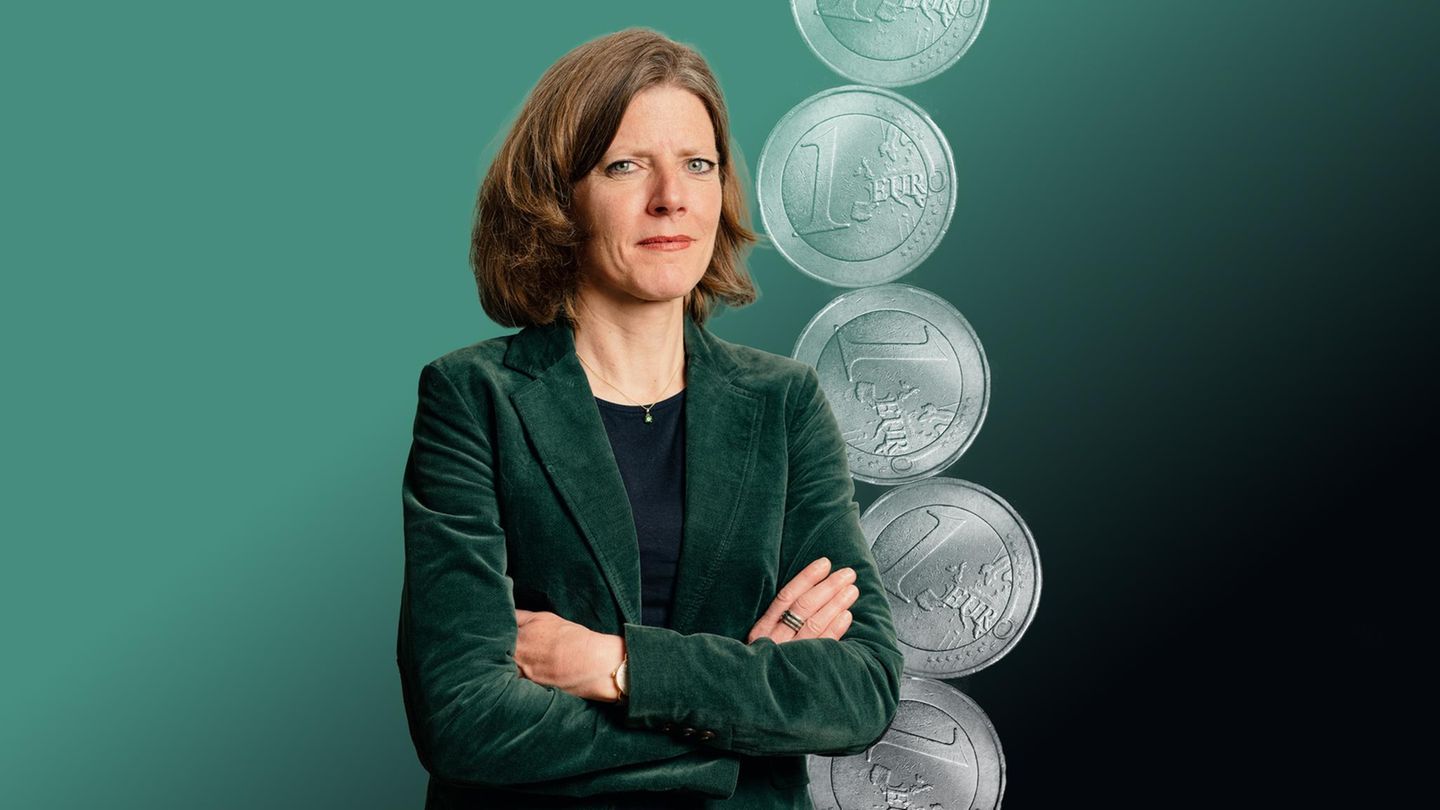Cash is on the decline, online payments are on the rise. But there are risks when using third-party providers on the Internet or with cryptocurrencies such as Bitcoin. The central banks could provide security.
It still sounds like financial science fiction. The British Treasury and the Bank of England are examining the introduction of a digital pound, as announced on Tuesday night. “It’s the solution to a problem that doesn’t exist yet,” commented the BBC. Preliminary work for digital central bank money is underway in more and more countries, including in the euro area: it is primarily about data.
Private individuals are already sharing their data with companies such as the PayPal payment service, for example when trading online. “It’s a world where people may choose to trust international private sector brands in finance or technology more than the state,” the BBC said. What if mega corporations like Amazon or Alibaba and Tiktok from China offered their own digital currencies? Leaving no rules here would allow these companies to set up their own circuits that would weaken central bank currencies.
The digital pound could come in a few years
With payments with a digital pound or a digital euro, which would be issued and supported by the respective central bank, such worries disappeared – for consumers, but also for the state. The digital pound could come in the second half of the 1920s. A digital euro is not expected until 2026 at the earliest. However, nothing has been decided yet, as the Bank of England and the European Central Bank (ECB) make clear.
First of all, until October of this year, the central banks of the euro area will be dealing, among other things, with questions about the technical design and data protection of a possible digital variant of the common currency. The work on a digital euro is also a reaction by the ECB to the steep rise in so-called cryptocurrencies such as bitcoin and ether. Financial regulators fear that, in the absence of regulation, they will facilitate money laundering, terrorist financing and tax evasion.
The digital euro is intended to complement cash
In contrast, a digital euro would be under the supervision of a central bank, whose main task is to ensure the stability of the currency. “As a convenient and risk-free digital means of payment, it could be embedded in private-sector payment methods that can be used throughout Europe,” writes the Association of German Banks in a position paper.
If the ECB decides to introduce it, the Governing Council would first have to herald the next phase after completing the two-year preparatory work, in which a digital euro could also be tested live, for example. According to earlier information from the ECB, this phase should last around three years. “In any case, a digital euro would only supplement cash and not replace it,” emphasized board member Fabio Panetta repeatedly. The British Treasury Secretary Jeremy Hunt also assured: “Cash will continue to exist.” A digital pound is an addition.
The efforts of the central banks are also being driven by the increasing use of digital payment options. Even before the Corona crisis, the trend towards paying without notes and coins had stabilized in Germany and the euro area, for example. The pandemic gave a further boost to digital payment methods.
Other central banks around the world are also dealing with digital central bank money, such as the Federal Reserve in the USA. The E-Krona project of the Swedish central bank is comparatively well advanced in Europe, because notes and coins are hardly used anymore in the Scandinavian country. China has also been working on a digital version of its renminbi currency for some time.
Source: Stern




